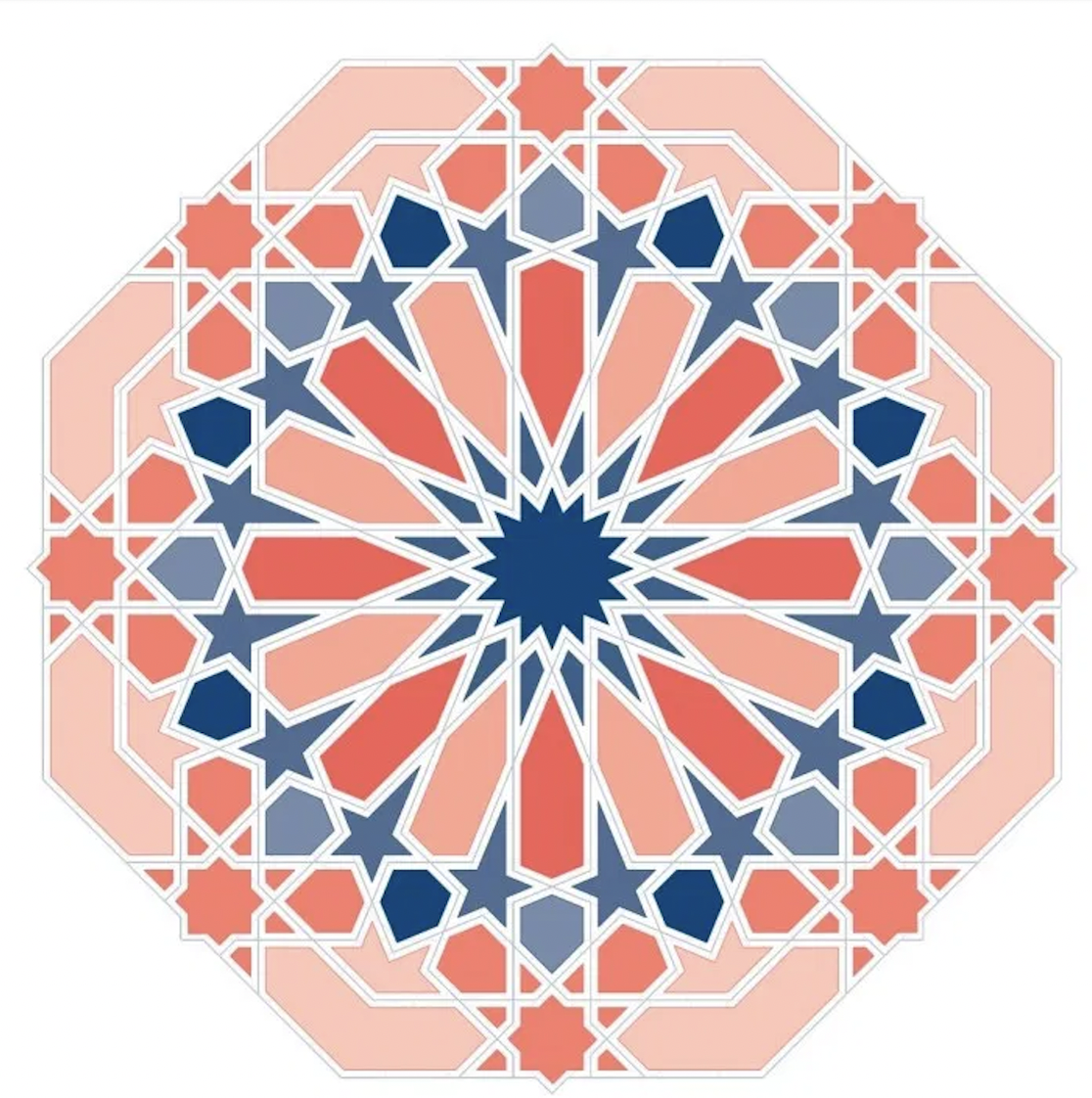From Indo-Pakistan to Trinidad: The story of roti
Trinidadian Roti interestingly originated in Indo-Pakistan. Roti (rotee) is the Urdu/Hindi word for bread.
It comes from the northern part of the Indian subcontinent which historically had a large Muslim population and was the centre of Mughal rule.
India (pre-partition on 1947) was ruled by the Muslim Mughal Empire for over 300 years and they helped develop a wonderfully rich and cultured cuisine. Paratha is also alleged to come from as far north as Afghanistan.
In the 19th Century, the British and Dutch transported Indian (Muslim and Hindu) indentured workers to Trinidad to work in the short-handed sugar cane fields. These workers brought their culture and food with them.
Trinidad rotis are served with either dhalpouri roti, which is filled with dried, ground chick peas, or a multilayered, buttery flatbread. You wrap the roti around the curry filling of your choice
Pakistani parathas - from which rotis are inspired, can be served alone, but can also be stuffed with mince, potato or whatever you fancy.
Today Trinidad remains a mixed community with many Muslims.
Another Muslim dish widely popular in Trinidad is pelau, the Trinidadian version of biryani, which is a Persian rice dish brought to India by the Mughal emperors. It is another example of the influence, adaptation and evolution of Muslim dishes within Trinidadian cuisine.
Interestingly Malaysians have a similar dish- Roti canai which is considered to be the cousin of the paratha. It was brought to Malaysia by Indian Muslims.
I love how cultures start, evolve and bring shared connections.


